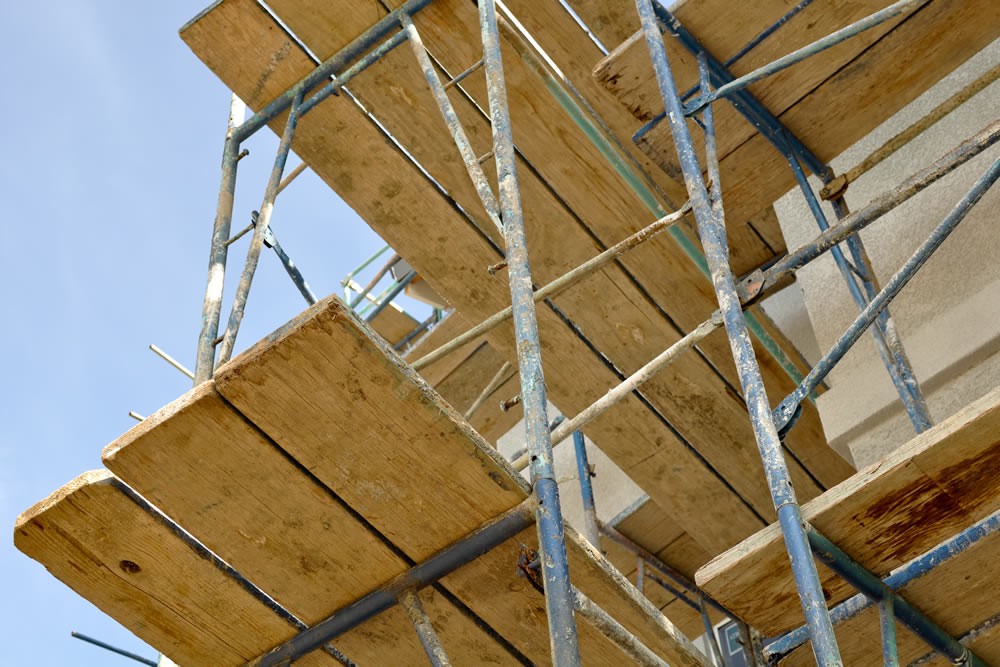Blog / News
The Scaffold Law May Lead To A Judgment In Your Favor
Recently, a worker who was repairing a three-family home was injured when plywood fell onto him. The man was cutting sheets of plywood and handing them off to a co-worker, who hoisted the plywood approximately 20 feet onto the roof. The material fell onto the worker, resulting in an injury. He sued, alleging that the property owner was liable under Section 240(1) of the Labor Law, also known as the "Scaffold Law". However, the law also protects workers at ground-level that are hit by falling materials or equipment that should have been properly secured.
The Scaffold Law is broadly interpreted to encompass any significant difference in height between a worker and a potential hazard, and will entitle an injured worker to the protections afforded under Section 240(1) of the Labor Law. In the present case, each side argued different theories about how the worker sustained his injuries. However, neither of those theories mattered. The injured worker was entitled to a judgment in his favor, regardless of why the plywood fell onto him.
Under the Scaffold Law, an individual is only required to prove that a significant height difference existed, and that the injury was sustained on the job site as a result of the owner's failure to provide adequate protection from risks arising from the height difference. Here, the injured worker successfully proved these fact-based elements and it did not matter what actually caused the material to fall.
The Scaffold Law is broadly interpreted to encompass any significant difference in height between a worker and a potential hazard, and will entitle an injured worker to the protections afforded under Section 240(1) of the Labor Law. In the present case, each side argued different theories about how the worker sustained his injuries. However, neither of those theories mattered. The injured worker was entitled to a judgment in his favor, regardless of why the plywood fell onto him.
Under the Scaffold Law, an individual is only required to prove that a significant height difference existed, and that the injury was sustained on the job site as a result of the owner's failure to provide adequate protection from risks arising from the height difference. Here, the injured worker successfully proved these fact-based elements and it did not matter what actually caused the material to fall.
Overall, an understanding of the New York Labor Law and the relevant sections could be the difference between winning and losing a claim for injuries sustained as a result of construction accidents. An attorney knowledgeable in construction-related accidents can assess the facts of your case and help you decide what route will most likely produce the best results.
Stay Informed
When you subscribe to the blog, we will send you an e-mail when there are new updates on the site so you wouldn't miss them.



